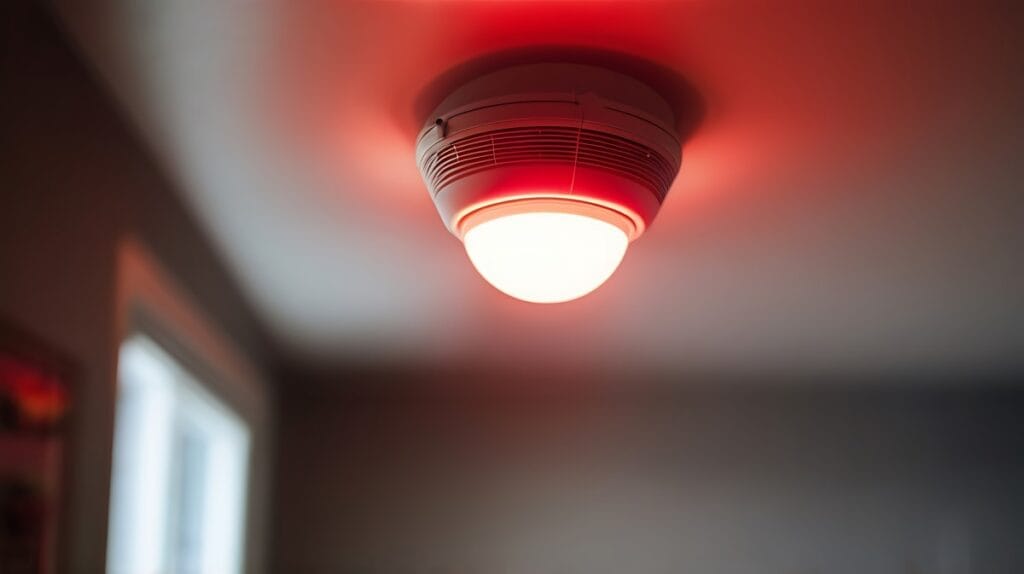
How to Stay Safe and Comfortable During Power Outages?
When the power cuts off, will you be ready? Don’t get caught off guard. Here are 7 expert tips to help you power through the next outage.
By:
The Good Home Daily
Posted on May 2, 2025
In today’s world, we are increasingly reliant on electricity. From preparing food to completing tasks at work, electricity plays a crucial role. But how prepared are you if a sudden power outage occurs in your area?
In 2021, the country lost a total of 107.5 million hours of electricity supply due to power interruptions caused by natural calamities, according to a study by the Philippine Institute for Development Studies (PIDS).
These outages aren’t just limited to rural areas. In fact, earlier this year, nearly 2 million residents in various parts of Luzon, including Metro Manila, experienced a power outage lasting over an hour.
Imagine being caught off guard by a sudden blackout, with no food, water, or means of communication. To avoid such a situation, it is crucial to be prepared. That is why, in this guide, we have provided 7 critical tips to ensure you are ready for any power outage that may come your way.
1. Assemble an Emergency Kit
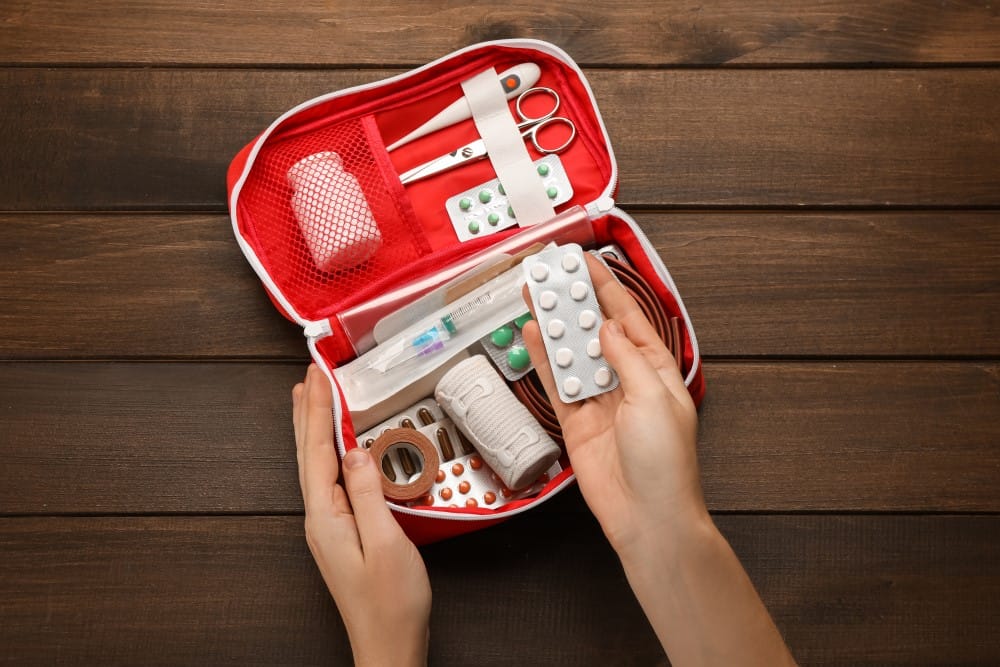
Many power outages in the Philippines occur due to calamities. When this happens, basic services like grocery stores, pharmacies, and banks may be disrupted or even closed. To be prepared for such situations, assemble an emergency kit.
When preparing an emergency kit, make sure to store the right items. These include survival essentials such as non-perishable food, water, batteries, a flashlight, a can opener, and a whistle.
We also recommend keeping important documents in your emergency kit. Include copies of your IDs, insurance cards, and essential medical records.
Ensure that you have enough supplies to survive and stay safe until normal services are restored.
2. Charge Your Power Banks
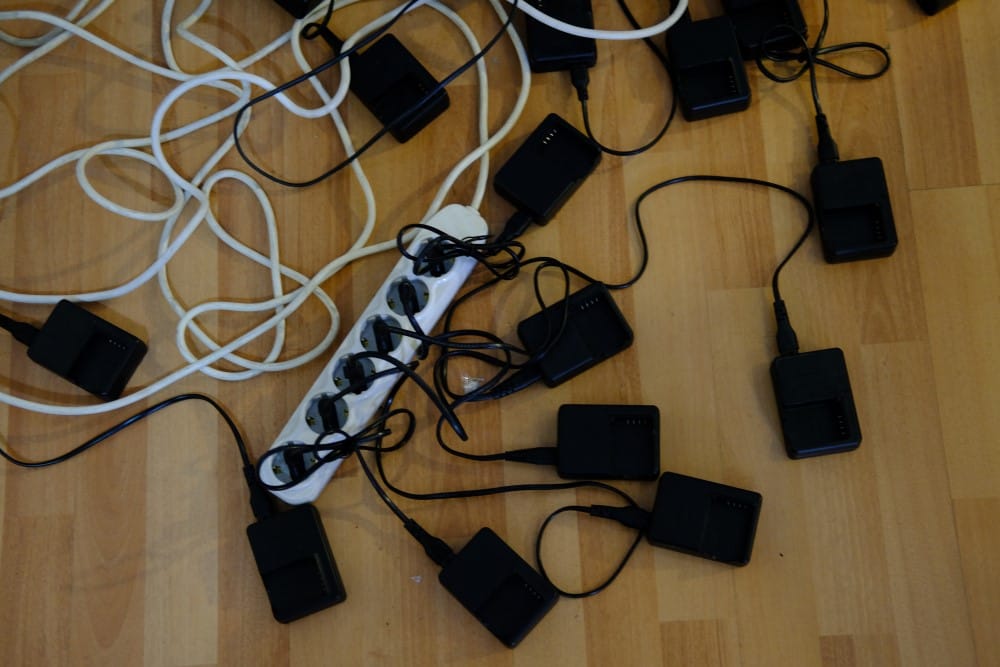
You probably own one or two power banks. When storms are coming, make sure to charge them all fully. This will help you make the most of your stored energy and ensure that your essential devices stay powered up.
For those without power banks, consider investing in a high-capacity model that can charge multiple devices. If your budget allows, you can choose a power bank with solar charging capabilities. These models will be very useful for extended outages.
3. Prepare Other Alternative Power Sources
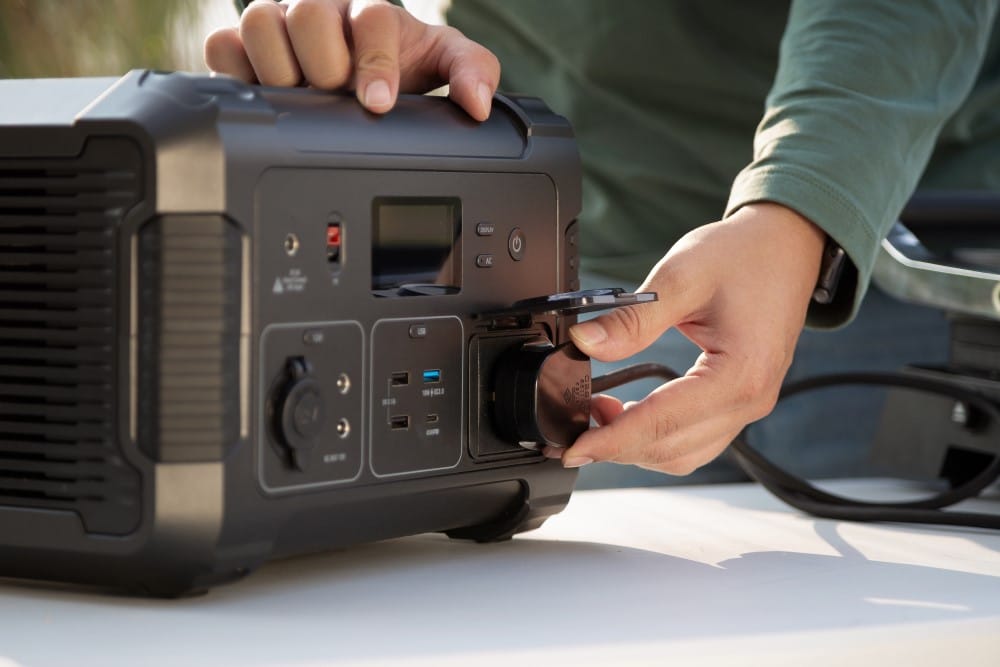
Okay, power banks are great for charging small devices, but they might not be enough during prolonged power outages. To power larger appliances, consider investing in alternative power sources.
One suggestion is to get a generator. It runs on fuel and can be connected to your home’s wiring to provide electricity for most devices. However, a generator may not be the most practical choice in some areas, as certain models can be very noisy.
For a quieter and more portable solution, a power station is a great option. It works like a power bank, but with a much larger capacity. The key difference is that power stations can store significantly more energy, often around 400 W or more.
Just like power banks, power stations need to be charged before a storm. The good news is that many models can be charged using solar panels, making them even more versatile.
By having a combination of power banks, generators, or power stations, you’ll be well-prepared to handle any power outage and keep your essential devices running.
4. Get a Portable Stove
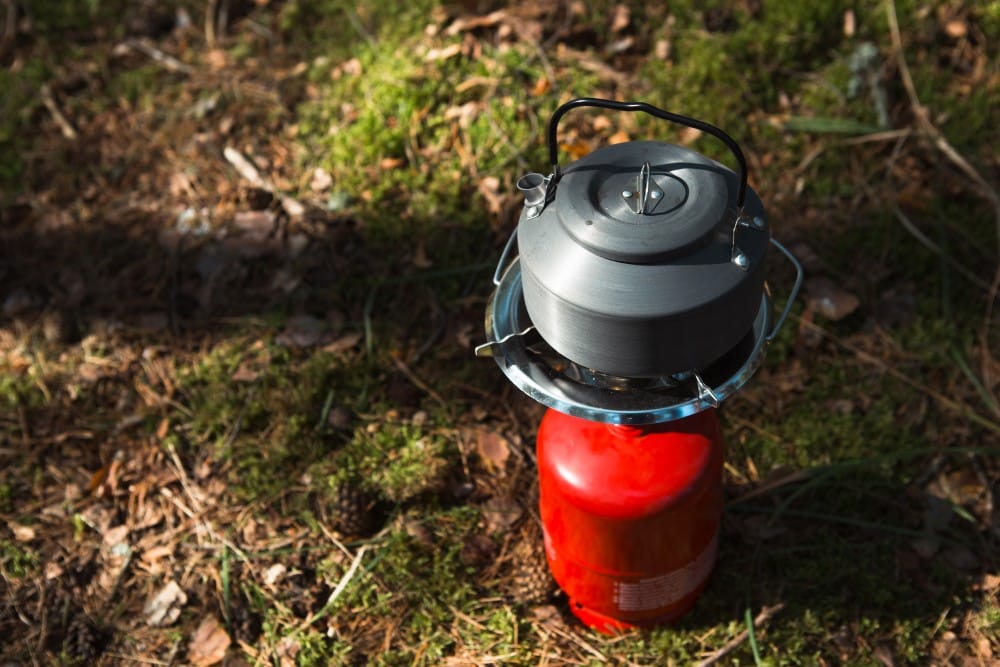
When the power goes out, your electric stove becomes useless. That is why you also need a backup cooking solution.
We recommend getting a portable gas stove for heating food or boiling water. Just make sure to store enough fuel.
If you do not have a gas stove, a small outdoor grill can also do the job. Investing in a high-quality portable or compact grill can provide a reliable cooking option for proteins and vegetables.
To minimize preparation time during power outages, stock up on non-perishable foods like canned goods, noodles, and instant oatmeal. These options are easy to heat and require less cooking time.
5. Prepare Alternative Lights
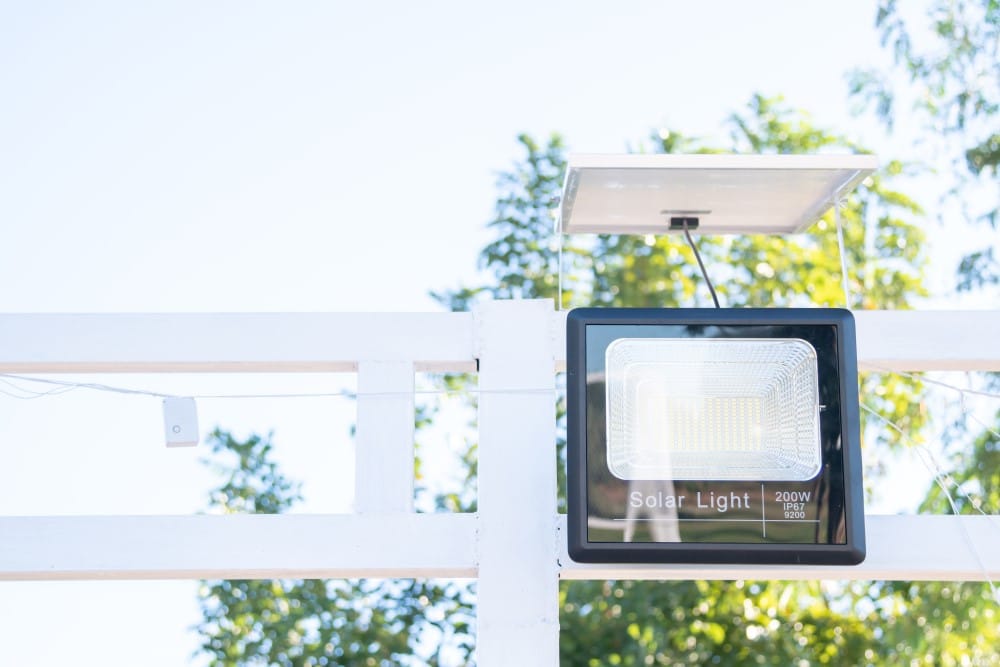
Emergency lights are also essential during power outages. You need to have these at home, even without an expected storm. They can be a battery-powered flashlight, a solar-powered lantern, or a combination.
Do not forget to test your emergency lights regularly. This will help you identify any issues and ensure they are ready when you need them most. Replace batteries as needed to maintain optimal performance.
6. Freeze Water Bottles

Food spoilage is a major concern during power outages. One trick you can do is to fill your freezer with water bottles before a storm. Frozen water bottles act as ice packs, keeping your freezer colder for longer.
If you need additional cooling, consider using a cooler or an insulated bag. These can help keep perishable items cold for a longer period. You can use the frozen water bottles from your fridge to keep the inside cold.
7. Protect Your Appliances
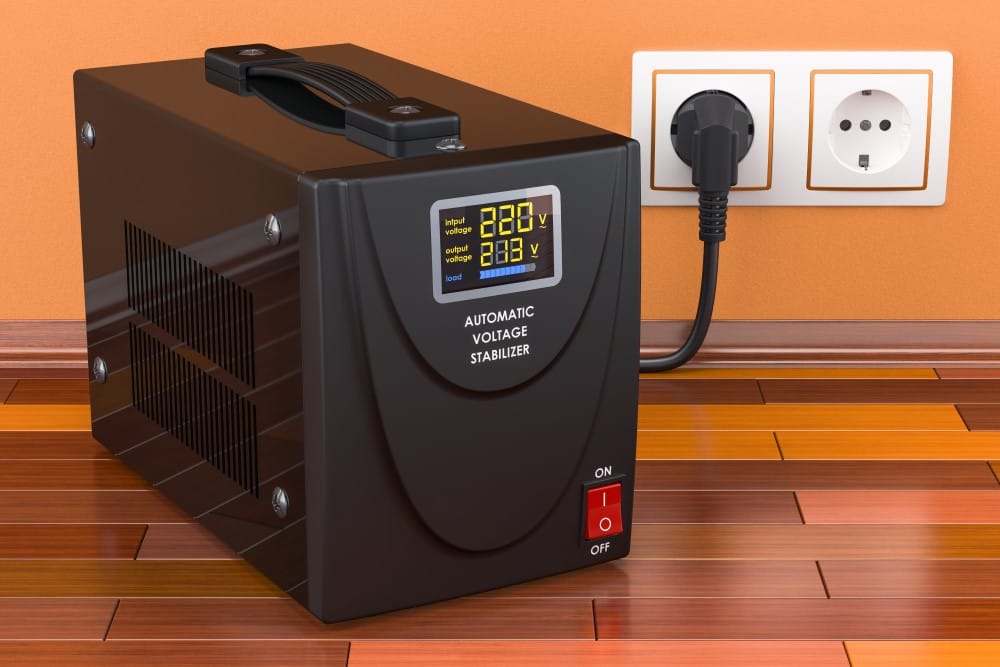
Power surges can cause significant damage to your electronic devices. That is why they also deserve protection.
One simple way to do this is to unplug your electronics during an outage. This simple act protects them from power surges when the electricity comes back on. Do this particularly for sensitive appliances such as TVs, refrigerators, and computers.
Investing in surge protectors is another smart move. Choose a high-quality surge protector with a good joule rating. For added protection, consider an uninterruptible power supply (UPS) that provides backup power during outages.

